What is a “Reporting Limit” in a Laboratory Report?
When a laboratory doesn’t detect a specific chemical in your sample, it doesn’t necessarily mean the substance is absent. Rather, it could mean that the concentration of the chemical is below the sensitivity threshold of the laboratory’s instruments. This is where the concept of reporting limits comes into play. The reporting limit is the smallest concentration of an analyte that a laboratory can reliably report.
Key Definitions and Standards
Various agencies have developed specific terms and definitions related to reporting limits to ensure precision and clarity. Here’s how they differ:
- EPA’s Method Detection Limit (MDL):
- Defined as approximately three times the standard deviation of results around the true analyte concentration, the MDL represents the lowest detectable concentration, though not necessarily quantifiable.
- Example: A lab tests for formaldehyde in the air. Clean air is spiked to 10 ppm for quality control, with test results of 12, 8, 5, 10, 13, 7, and 8 ppm, yielding a standard deviation of 2.8 ppm. Thus, the MDL is about 10 ppm. Any results close to the MDL carry an error margin of ±50%, highlighting that low-concentration results should be interpreted carefully.
- NIOSH’s Limit of Detection (LOD):
- The LOD is often applied to analyte loads on filters or tubes and represents the lowest level that can be reliably detected.
- Example: For THC on a PTFE filter, an analysis shows “Less Than LOD” with an LOD of 0.5 µg/filter, indicating that the amount of THC is below the reliable detection threshold.
- NIOSH’s Limit of Quantification (LOQ):
- Defined as 3 times the LOD, the LOQ is the minimum concentration that can be measured with ±30% accuracy.
- Practical Meaning: The LOQ provides an assurance of measurement reliability at low levels, giving clients confidence in precise results for concentrations at or above this level.
- AIHA LAP’s Reporting Limit (RL):
- Defined as the LOD multiplied by a safety factor, the RL is chosen to absorb the day-to-day variations in instrument sensitivity. For example, one day your LOD is 0.3 ppm and on another day it is 0.1 ppm. To simplify the reporting process the lab may select 0.5 ppm as a Reporting Limit.
In Summary:
- The relationship among these terms can be summarized as: LOD < RL ≤ LOQ
Why Reporting Limit Matters for Your Testing Needs
Whether you’re assessing air quality or testing for hazardous substances, understanding the reporting limits of your analysis is crucial for accurate interpretation, because those limits define the lowest concentration of the analyte that can be detected and reported by the lab.
If you have questions about our testing capabilities, feel free to contact us to discuss your project requirements.

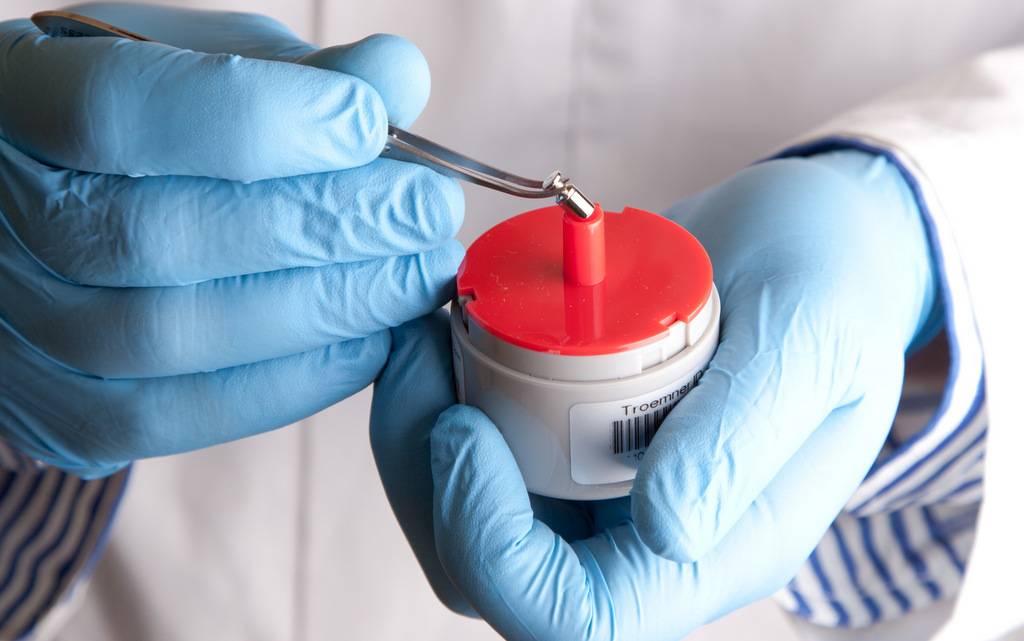
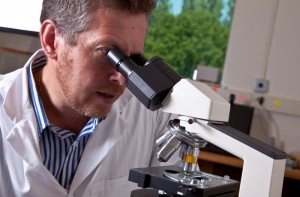

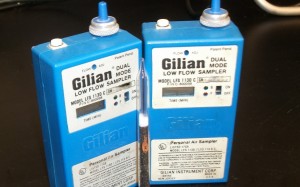
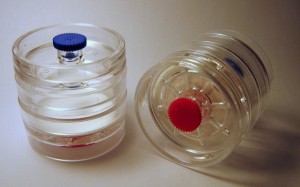
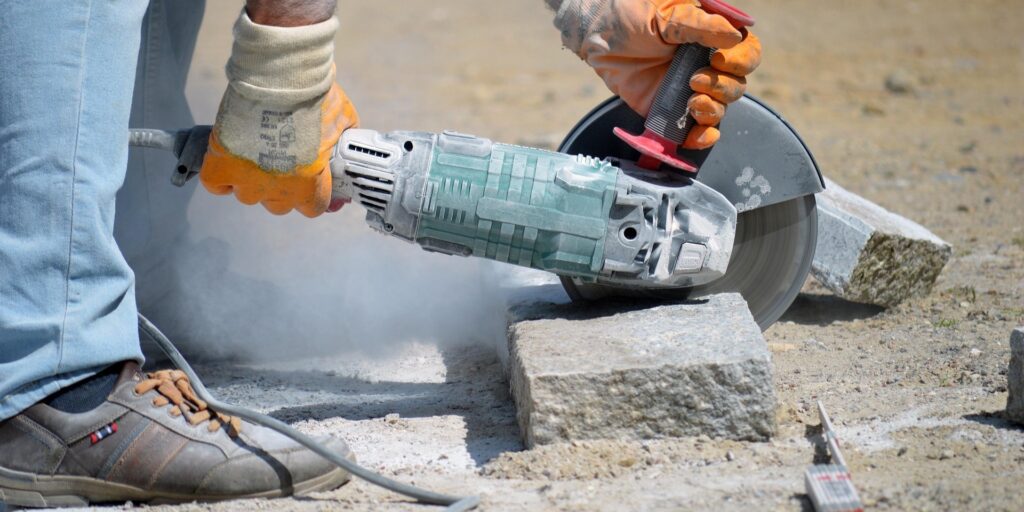
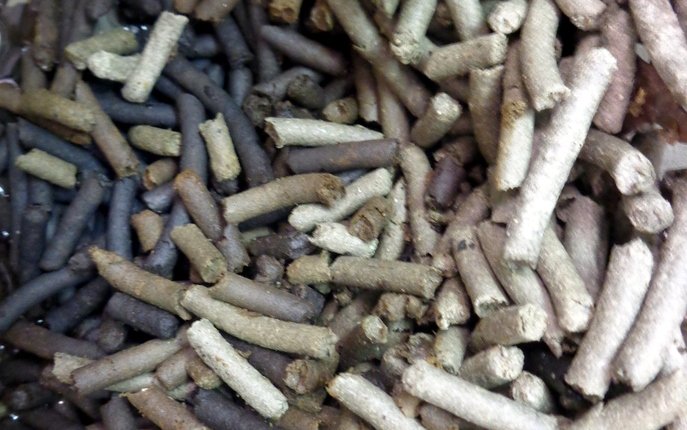



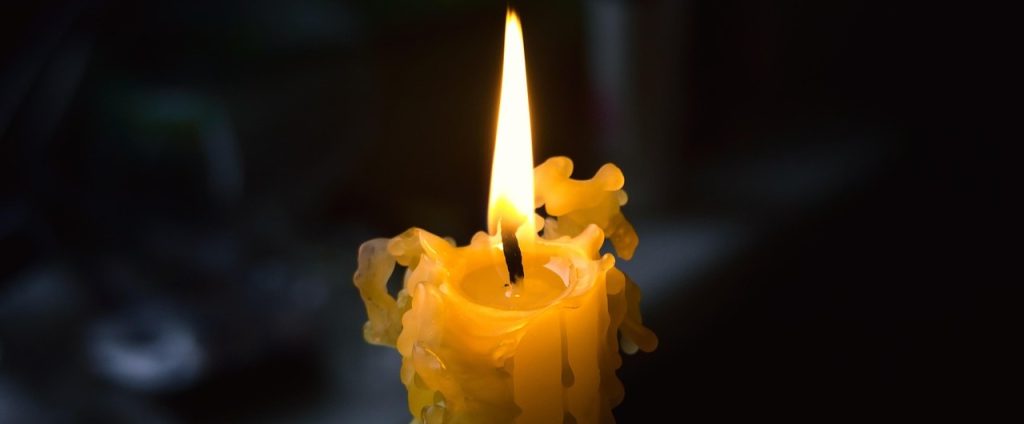
2 Responses
I think you mixed a ppb unit into your example. The rest are ppm.
Thank you for letting me know. The text is corrected.